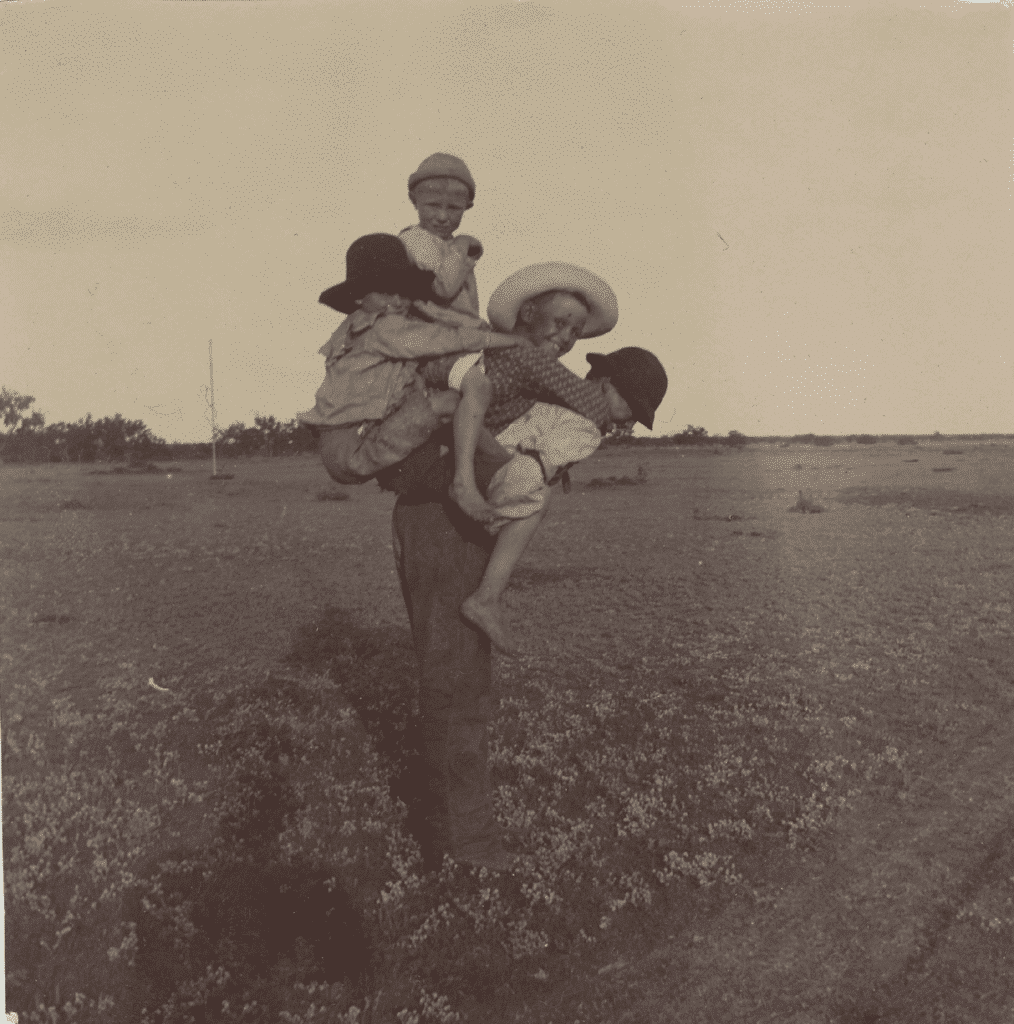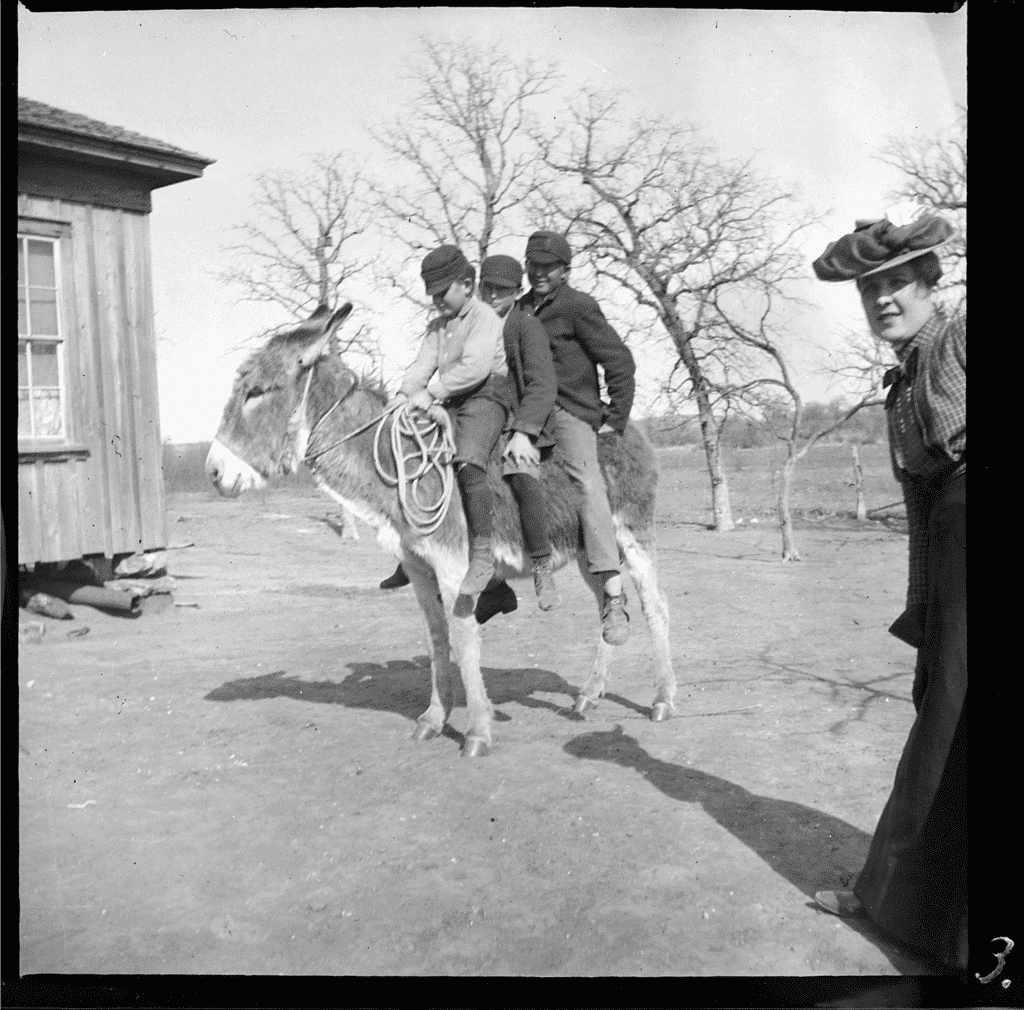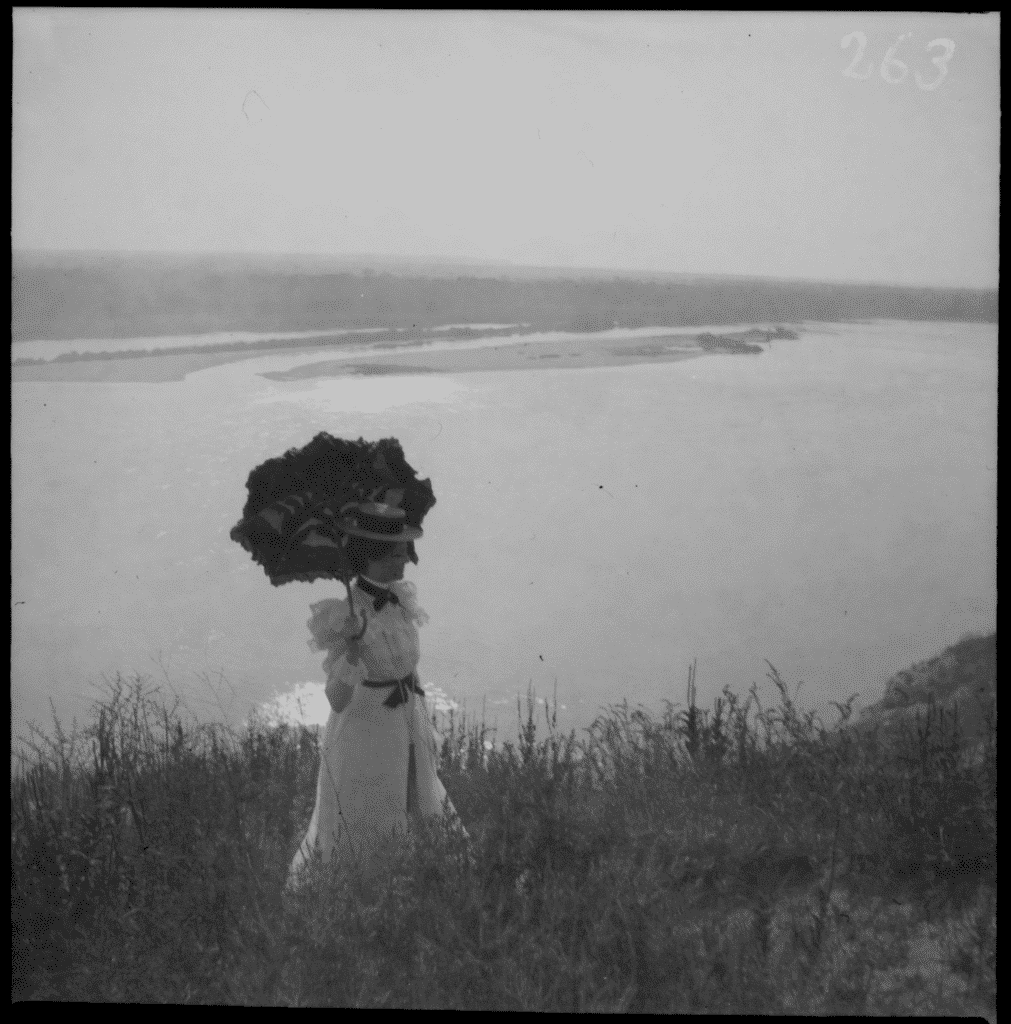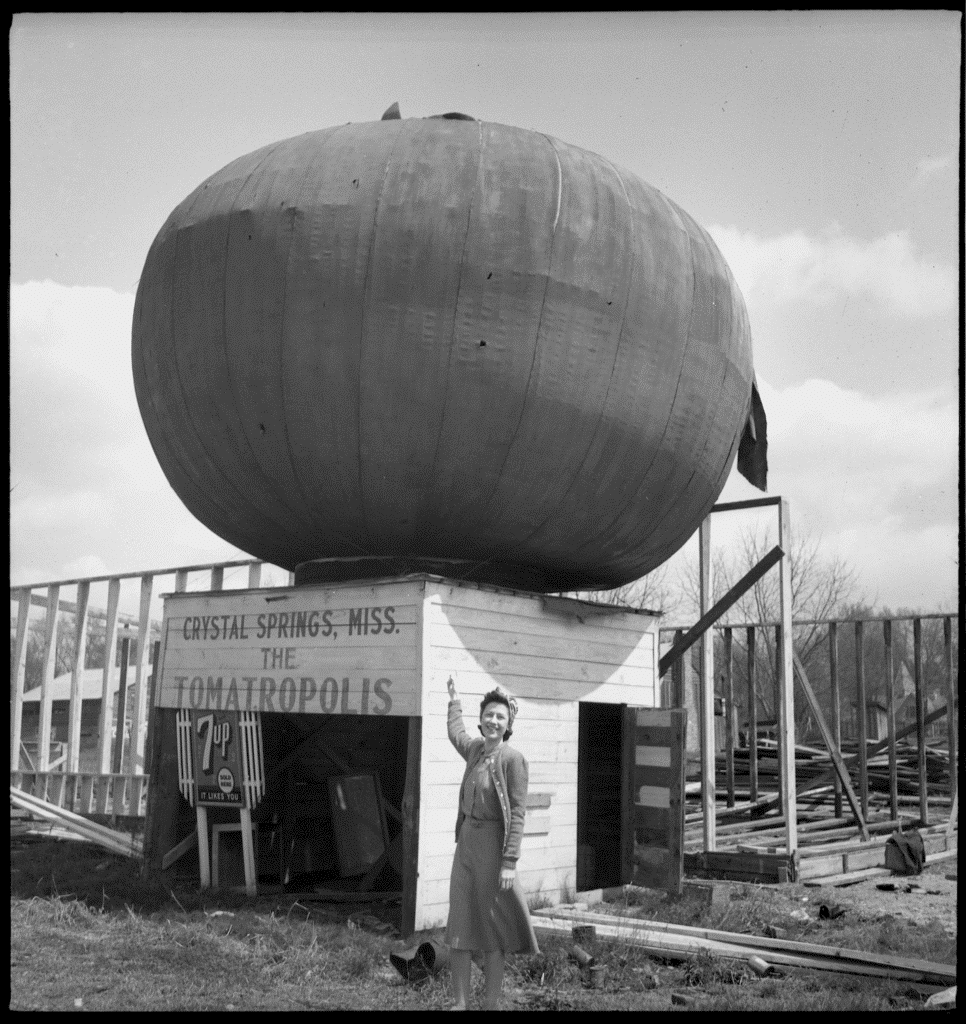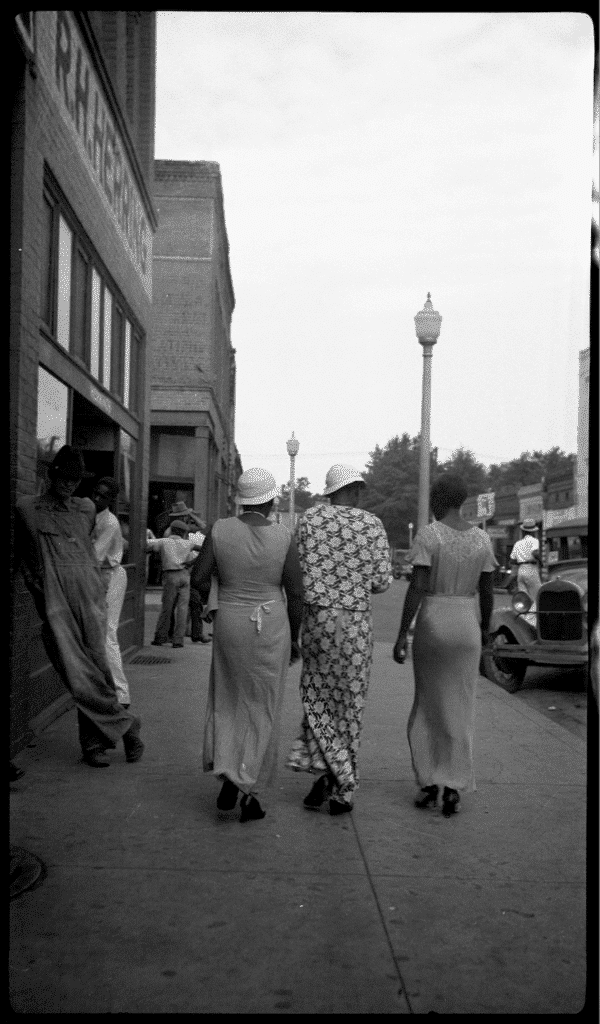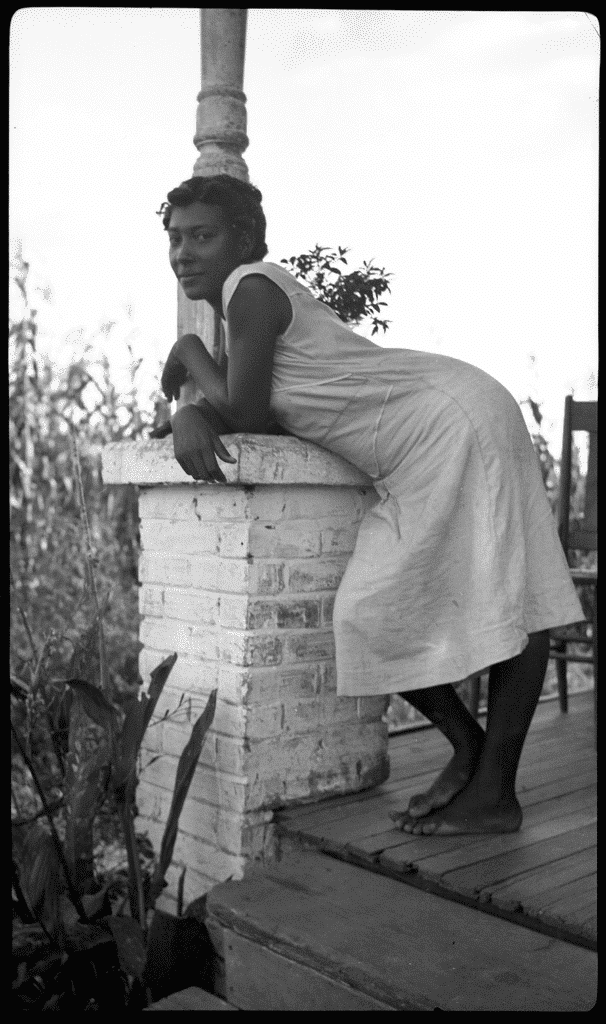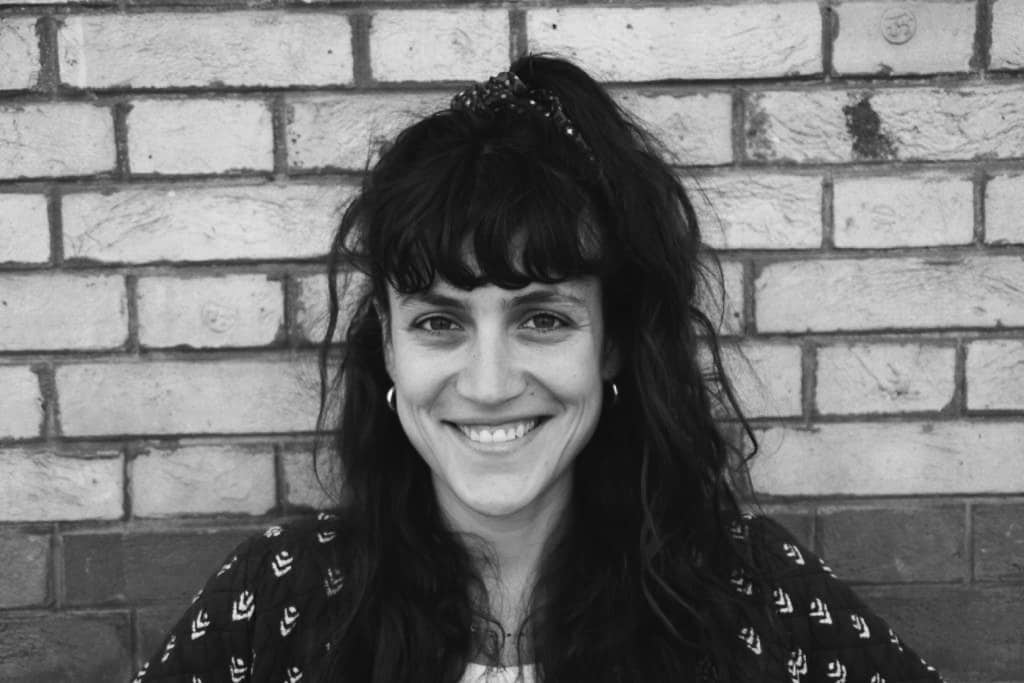Texas, summer 1900. Wearing white dresses or black suits, young people devour a gigantic slice of watermelon as they staring at the lens. “A smiling watermelon,” says the mischievous title. A few yards away, like an echo almost thirty years later, another small group is enjoying the same fruit on the steps of the Pontotoc courthouse, this time in Mississippi. Watermelons, Sunday best, scenes of everyday life: these are just some of the many correspondences that punctuate the works of Gabriele Münter, author of the first photograph, and Eudora Welty, who signed the second. Until September 29 at Montpellier’s Pavillon Populaire, the exhibition “Au début, la photographie” (In the Beginning, Photography) pays a tribute to these two artists, both of whom drew their creative inspiration from photography, before finding fulfillment elsewhere.
Born in Germany in 1877, Gabriele Münter was a renowned painter who co-founded the Expressionist group “Der Blaue Reiter” (“The Blue Rider”). Isabelle Jansen, Director and Curator of the Gabriele Münter Foundation in Munich and curator of the exhibition, describes her as “a self-taught jack-of-all-trades. Whether it was a foreign language or a pictorial or photographic technique, Gabriele Münter would quickly master it!”
At the dawn of the twentieth century, Münter, who was to share her life with Vassily Kandinsky, took a trip to the Southeastern United States to visit family. The journey took her through several states (Missouri, Arkansas, Texas), during which she documented the things that surprised her. Isabelle Jansen explains, “Her thoughtful practice belies the cliché of the spontaneous female artist, guided by her instincts. This initiatory journey confronted her with a veritable clash of cultures. She sought to immortalize these discoveries, whether they concerned landscapes, big cities, technical progress, lifestyles, or the inequalities between communities.”
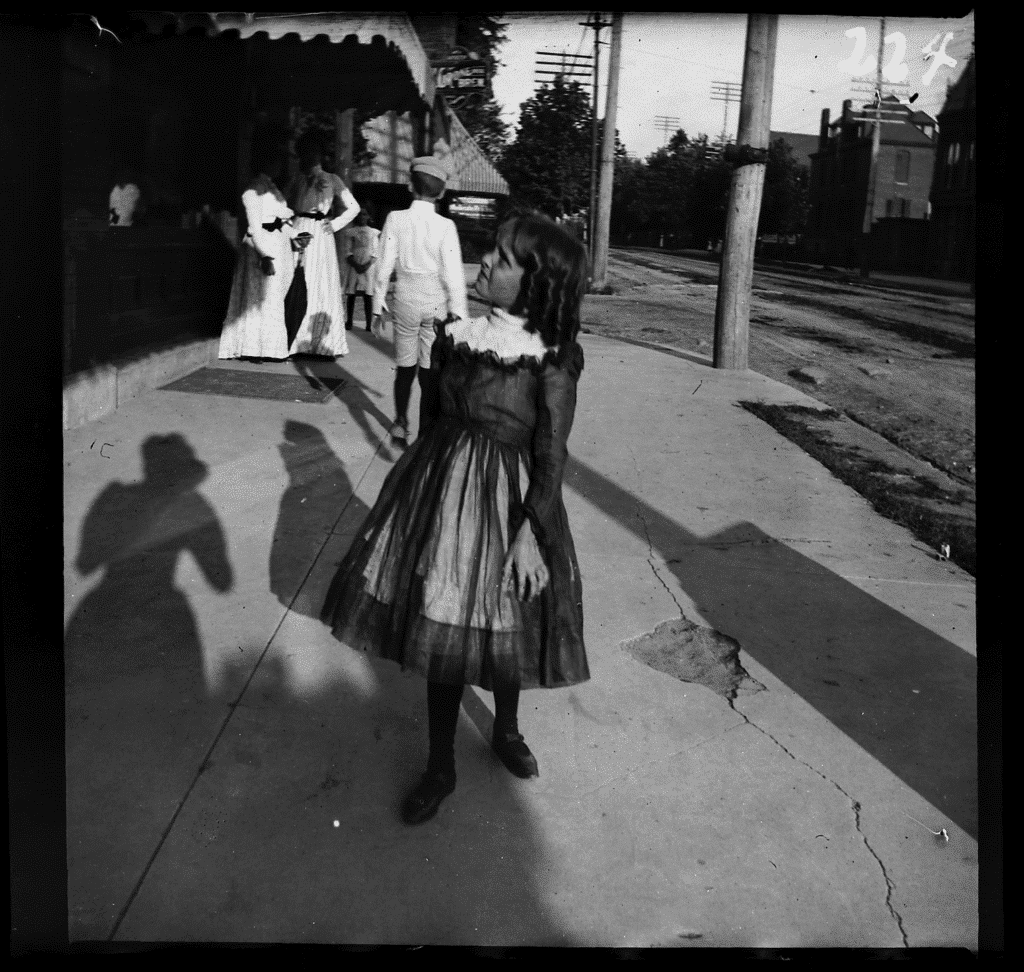
Eudora Welty, for her part, was one of those people who believed that “all serious daring starts from within,” as she wrote in her memoir, One Writer’s Beginnings. This was a fertile mantra for the Pulitzer Prize-winning writer (in 1973, for her novel The Optimist’s Daughter), who initially dreamed of being a photographer. Gilles Mora, curator of the exhibition and artistic director of the Pavillon Populaire, explains: “Her practice reflects an openness to reality that would later nourish all her literary work. She was a photographer driven by desire, who followed her impulses, and her work is permeated by this sensuality and attention to the body, particularly the female body.” She drew her inspiration from the heritage and local traditions of her native Mississippi, and never tired of documenting the asperities, contradictions, and moments of grace in a region marked by endemic poverty and structural racism.
A purple background for Münter, yellow for Welty: the exhibition’s scenography highlights a perfect symmetry. The space is equally divided, creating a mirror effect that emphasizes both resonances and contrasts. The visit begins with the work of Gabriele Münter. Photography represented only a fraction of her long career—two years at most, or the duration of a journey when she was profoundly free, untouched by any influence or training. She primarily captured close family members in spontaneous snapshots or more posed interior portraits, already showing an interest in composition.
Organized into thematic sections, the exhibition illustrates how this insatiable artist explored various subjects. Photographing childhood: a toddler with a broad smile carrying three others on his back, all wearing large hats. Documenting technical innovations: an amusement park (“Russian Mountains in St. Louis”) or the ropes of a steamboat on the Mississippi. Capturing movement: a trained bear drinking from a bottle or a child crossing the street. Scattered throughout, like seeds heralding her future as a painter, are the beginnings of her artistic career: some photographs are paired with sketches, revealing already well-honed pencil strokes.
Eudora Welty’s approach is more intuitive and spontaneous. Women are a driving force and a recurring motif in her images. She magnified their poses and bodies—as in “The Porch,” a shot of a Black woman languidly leaning against a railing—and regularly documented their condition. Her work largely focused on the marginalized social groups in a region marked by unemployment and the Great Depression of the 1930s. She viewed her home environment with both tenderness and lucidity. Empathy and concern for others shine through: a little girl holding a guinea pig, five young women wearing bird costumes for a parade, a truckload of workers returning from tomato-picking.
But not all subjects are human: in one, there is a fishing net; in another, a floating shack; or yet, a theater entrance reserved for the “Colored.” Everywhere, there is a profound sense of place in the environment, the social fabric, and a keen attention to the present moment—”One Time, One Place,” as she titled one of her albums.
“It’s rare for two women artists, each best known for other artistic practices, to have both started out in photography,” adds Gilles Mora. “What’s more, these two pioneers share the same taste for fairs and festivities, the same appetite for life… And the same territory; a real stroke of luck!”
Back in 1989, Gilles organized a retrospective in Arles devoted to Eudora Welty, bringing her work to French attention. Next spring, the Musée d’Art Moderne in Paris is preparing a major retrospective of Gabriele Münter’s pictorial work. Until now, we didn’t know she had been a photographer, so a visit to Montpellier may serve as a welcome addition to their oeuvre.
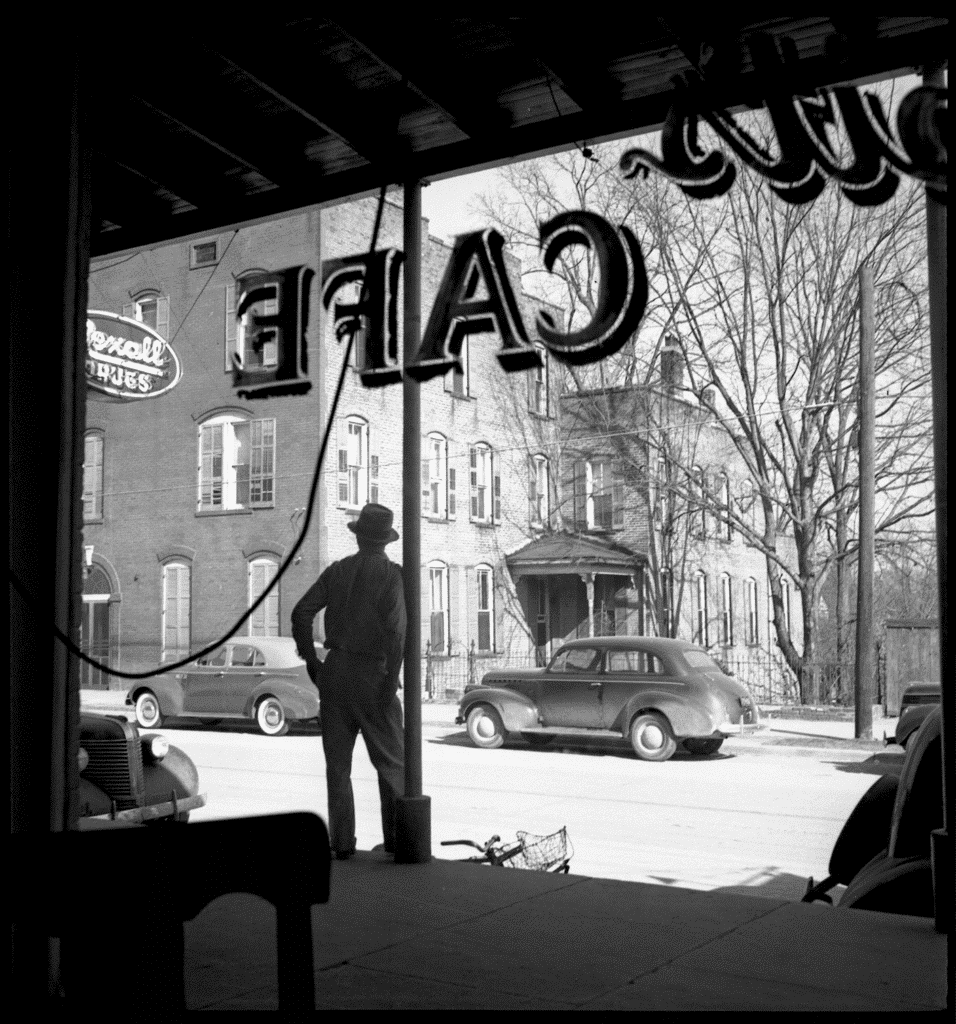
“Gabriele Münter, Eudora Welty: In the Beginning, Photography”, Pavillon Populaire in Montpellier, until September 29, 2024.

